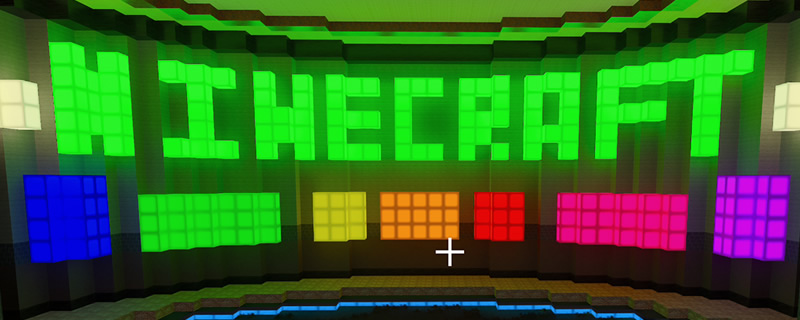Minecraft with RTX – Performance Review and Tech Analysis
Minecraft – The Future of PC Graphics?
Raytracing is the next big thing for console and PC graphics, enabling hyper-realistic effects to be delivered by accurately simulating light. Until now, rasterised graphics have been faking it, delivering approximations of reality using guesswork, artistic talent and computationally efficiency algorithms. Even with all of this effort, games continue to look nothing like reality and remain far behind what we see in today’s animated films or TV shows.Â
Today, PC graphics have entered the era of hybrid raytracing, where traditional rasterisation techniques are combined with modern raytracing technologies to deliver computationally efficient real-time visuals which benefit from the accuracy of simulated light, be it in the form of reflections, shadows or Global Illumination. Beyond this hybrid approach, stands full-on path-tracing, where everything is ray-traced.Â
Microsoft’s Minecraft with RTX brings the company’s DXR (DirectX Raytracing) API to Minecraft, taking the game simplistic blocky graphics and using it as a test case for real-time path tracing. When combined with Nvidia’s DLSS technology, Minecraft’s path-traced version become much easier to run on Nvidia’s RTX series graphics cards. With this beta release of Minecraft, Nvidia and Microsoft are showcasing what’s possible when raytracing acceleration technology and AI-based computation are used to lower the hardware requirements of path-tracing.Â
Minecraft with RTX
By using path-tracing, Minecraft gains support for a lot of new graphical features, such as ray-traced global illumination, raytraced lighting, ambient occlusion, emissive objects, contact shadows and a host of other features. With full path-traced lighting, everything is raytraced, giving us realistic shadows, reflections, bounce lighting and more.Â
In the future, this is where PC graphics is heading, but with today’s hardware, this kind of path-tracing setup isn’t possible with more complex geometries. This is what makes Minecraft ideal for path-tracing with today’s graphics cards.Â
Contents Â
Screenshot Gallery – The Future of Graphics
Downsides – Temporal Issues and Chunk Size Limitations
Performance – We need stronger graphics cards for a path-traced future
Conclusion – Path-Tracing is the future, and Minecraft is only be beginning
DLSS and DXR – Both are Fundamental
Nvidia’s Deep Learning Super Sampling (DLSS) technology is fundamental to delivering playable framerates within Minecraft’s path-traced iteration, as it acts as a way for Microsoft to lower the hardware requirements of the game by utilising the powers of AI image enhancement techniques.Â
Over the past few weeks, we have Analysed Nvidia’s DLSS 2.0 technology within Control and MechWarrior 5, highlighting the ability of DLSS 2.0 to deliver seemingly identical levels of image quality to native resolution renders while delivering a significant increase in framerate.Â
In the example below, an Nvidia RTX 2080 Ti runs Minecraft RTX at 15.1 FPS at a native resolution of 4K and runs at 41.5 FPS when using DLSS upscaling. That represents a performance increase of over 2.74x. Better still, the image using DLSS looks incredibly similar to the same scene without DLSS.Â



